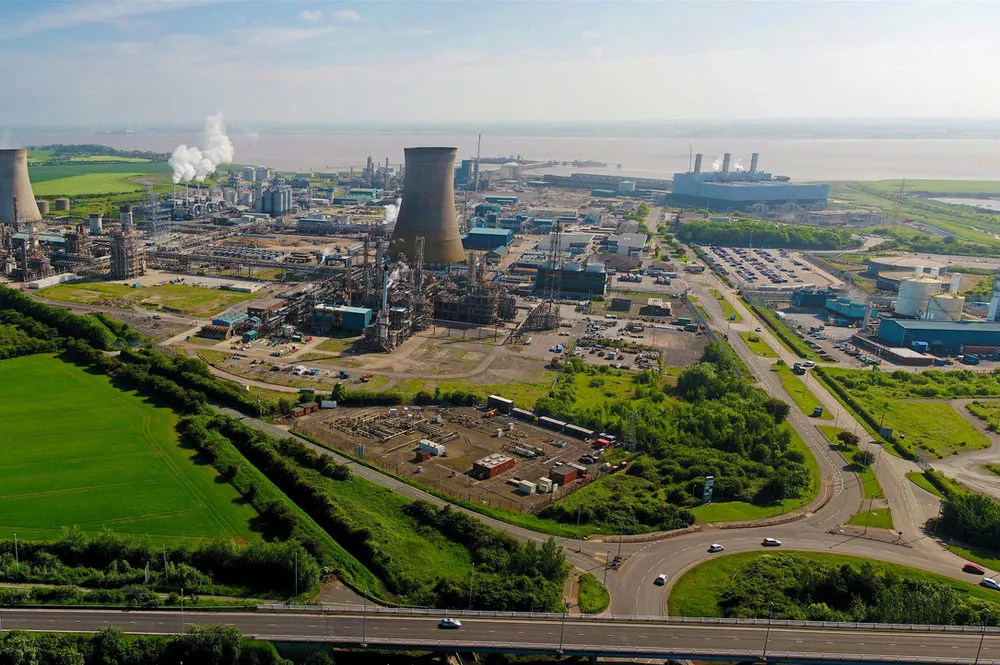Massive 600MW blue hydrogen plant secures UK planning permission
Equinor's H2H Saltend is on track to be one of the largest carbon capture-based projects in Europe

Equinor's H2H Saltend is on track to be one of the largest carbon capture-based projects in Europe
